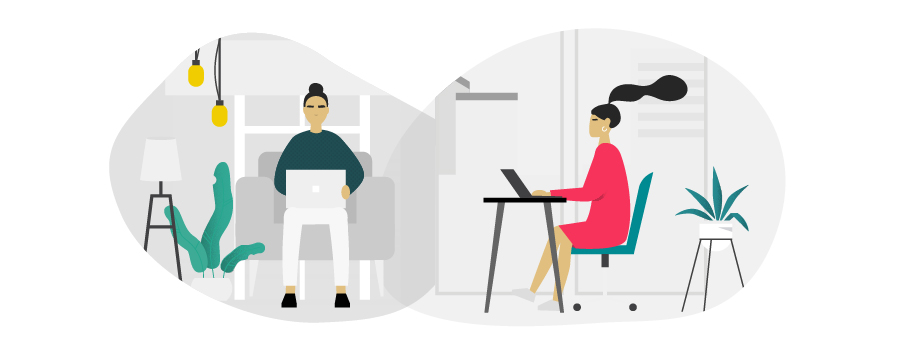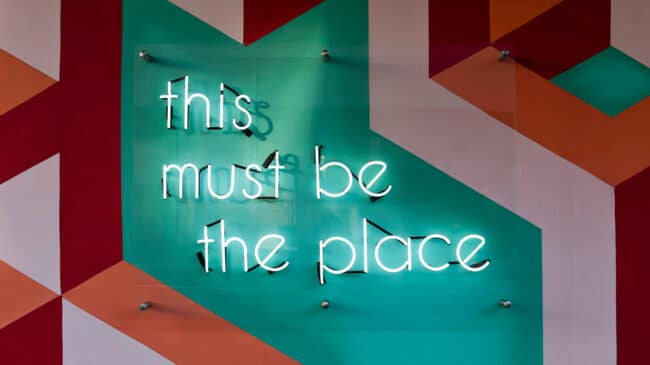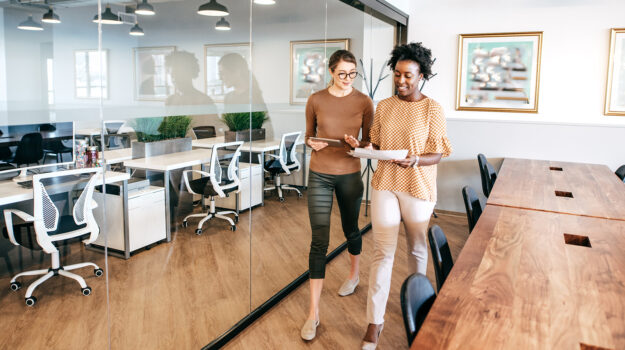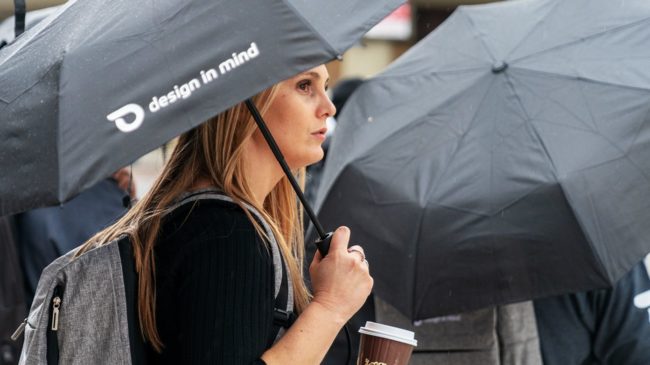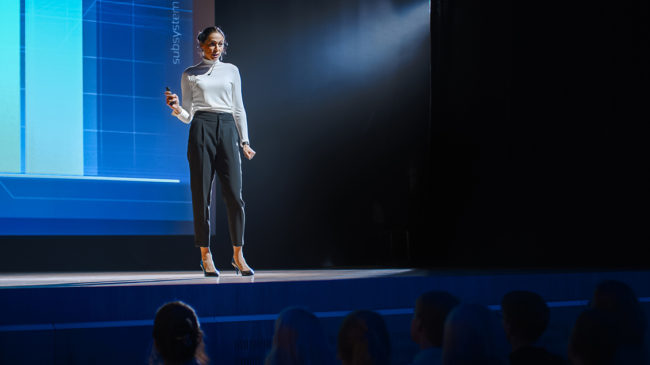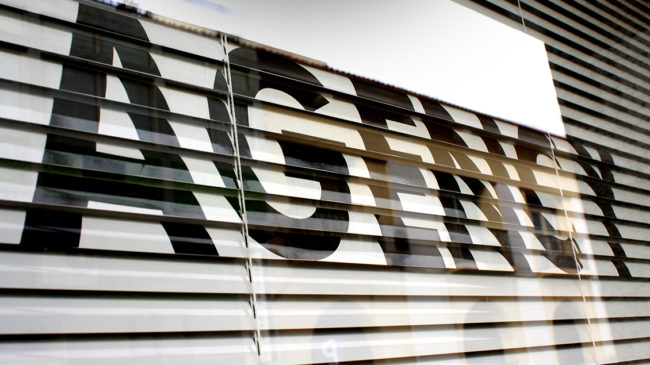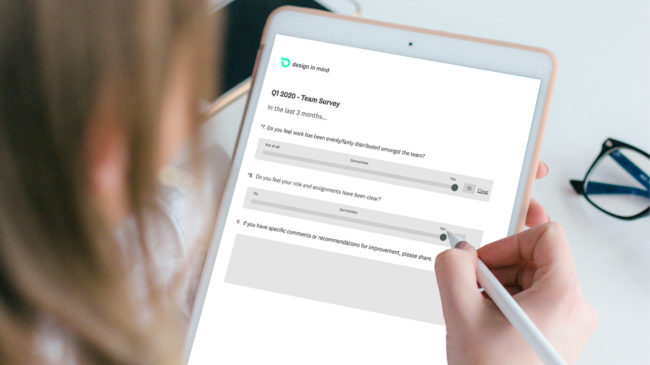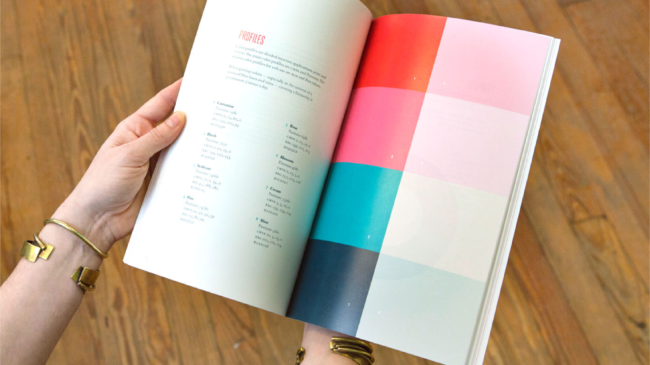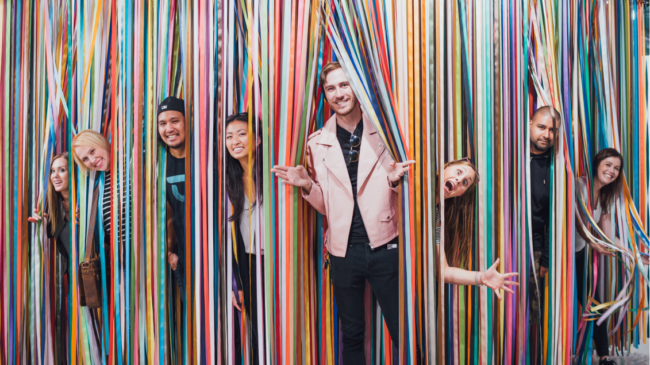Going hybrid: 5 questions to ask
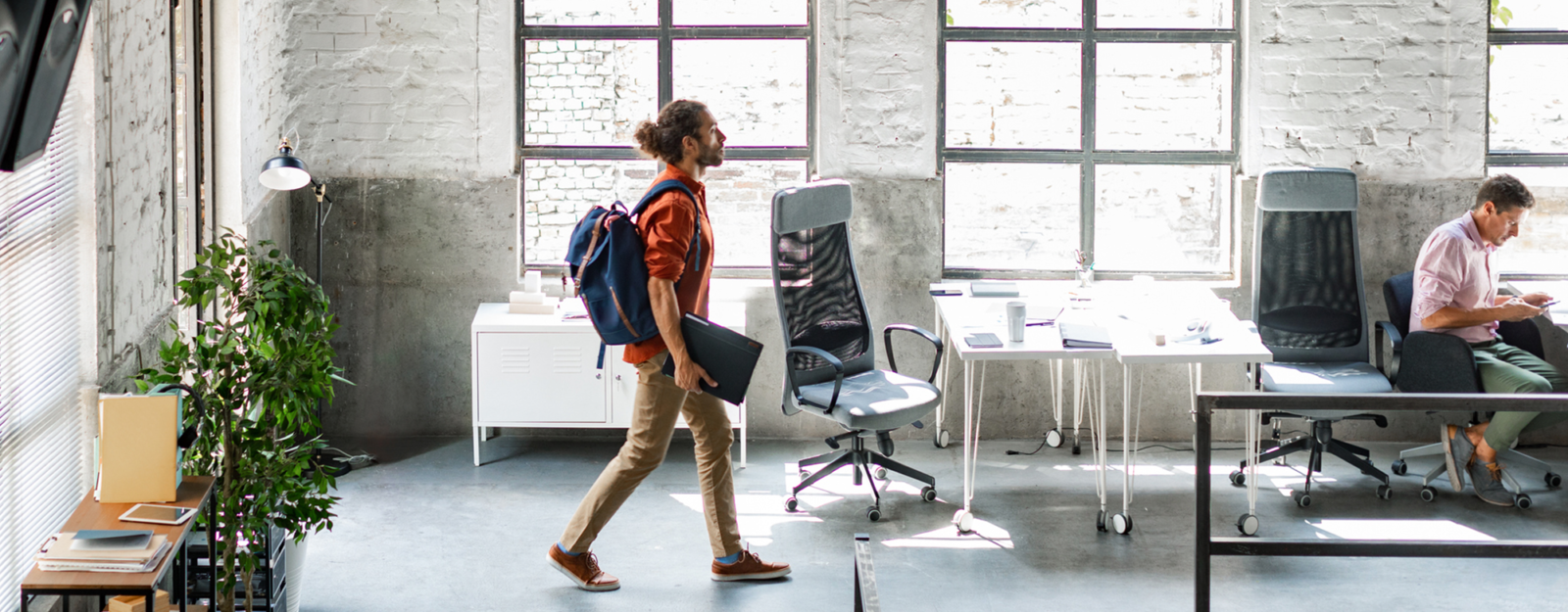
It’s no surprise that hybrid work models are becoming standard across industries from finance to tech. In fact, as many as 70% of employers plan to implement a hybrid model in the near future. As a creative industry, though, we find ourselves adapting to hybrid work within a special set of circumstances and asking the big question: will hybrid work for creatives?
Creative industries require a certain buzz to thrive. In the past, we’ve worked in environments where ideas fly around, water cooler chats lead to unexpected approaches, and a willing collaborator is just a seat away. The last two years have proven that we can still produce great work from home, but at the same time, we miss the energy of the office.
As we consider shifting to hybrid, we’re asking how we can create a model that works for our agency. Here are some of the questions we’re considering to make the transition a success.
How do we define hybrid?
It seems as though everyone is talking about hybrid work these days, but the term means something different to every organization. Ensuring the whole team is on the same page about their degree of flexibility and autonomy will help everyone plan accordingly.
- Will we prescribe the days AND times when employees must come into the office?
- How often will employees be expected to come in?
- Will all of our new hires live near an office? Or will we intentionally hire remote roles?
- What kinds of covid safety measures will we have in place?
- Will we require onsite visits for remote workers?
What needs to change before we go back in-person?
When we started working remotely, we were blindly trying to figure out how to collaborate across a dispersed team. Going back to the office, we have the chance to be more intentional and to seize this opportunity for change.
- What hiccups and bottlenecks come up repeatedly for our team? How can we solve for them now, before we make any big changes?
- Are there any roles and responsibilities that need to be more clearly defined before working together in-person?
- Is there any software that’s no longer needed for remote collaboration?
Know that the team understands these challenges better than anyone. Consider using a survey to collect their perspectives.
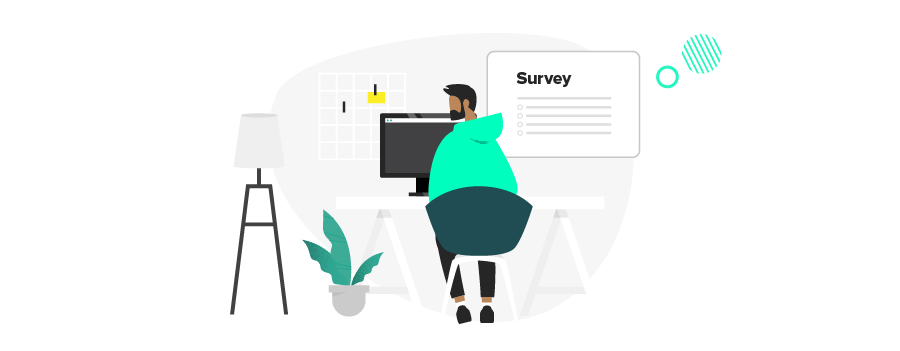
What is working well and can remain the same?
On the flip side, there are some things about working remotely that have worked really well for us. Regardless of how our team is collaborating, we want those aspects of our projects and communication to remain the same.
- What processes and technology are required for our best work?
- When does our team feel most connected?
- What have been our biggest ‘wins’ over the past year? What made those projects such a success?
How will we use the office?
However we go back to in-person work, one thing is clear: the office will never be the same again. Take this chance to decide how the office should function and give employees a good reason to come in.
- What do employees want out of an office that they can’t get at home?
- Will the office be a place for daily work, or simply special occasions?
- Do we need a designated office building, or will a coworking space do the job?
- What kinds of ‘bells and whistles’ do people want coming back to the office? (Weekly team lunches, standing desks, etc.
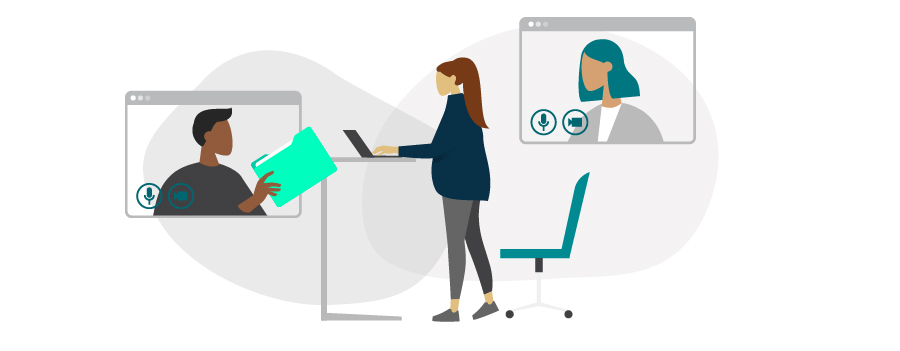
What’s our intention behind the change?
Lastly, we have to be clear on our “why.” In a world where we have options of being all remote or requiring in-person roles, we have to know our intention behind hybrid work.
- Do we intend to make this change long-term?
- Will we use this as a chance to cut overhead, or consider it an investment?
- How will we give everyone equal opportunities, no matter where they work?
Conclusion
For us, hybrid work for creatives comes down to employee satisfaction and talent opportunities. We want our employees to be able to balance family and life demands with their job, to limit long commutes, and to live in a location that makes sense for them. It also opens us up to the possibility of hiring beyond the Bay Area and finding people who are truly the best fit for our company, wherever they may be.
Some of the changes we’re making to ensure hybrid work will be a success include:
- Bringing on a virtual HR & Accounting firm to help us stay compliant, due to the extra challenges that come with hiring out of state employees
- Keeping weekly standups with the whole team, as well as end of month meetings and the occasional group Zoom activity or happy hour
- Renting a coworking space for a flexible office, which works well for our small team
- Occasionally requiring the entire team to come onsite in San Jose for team building exercises (and a little fun)



